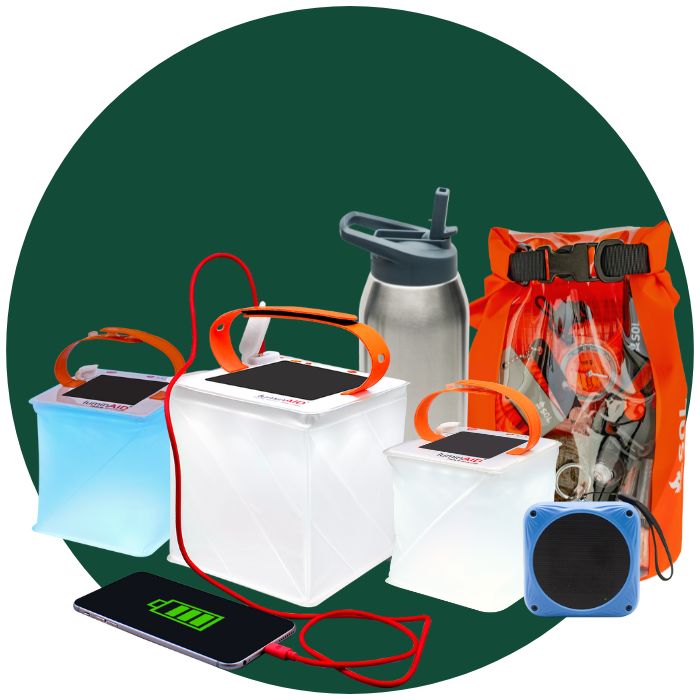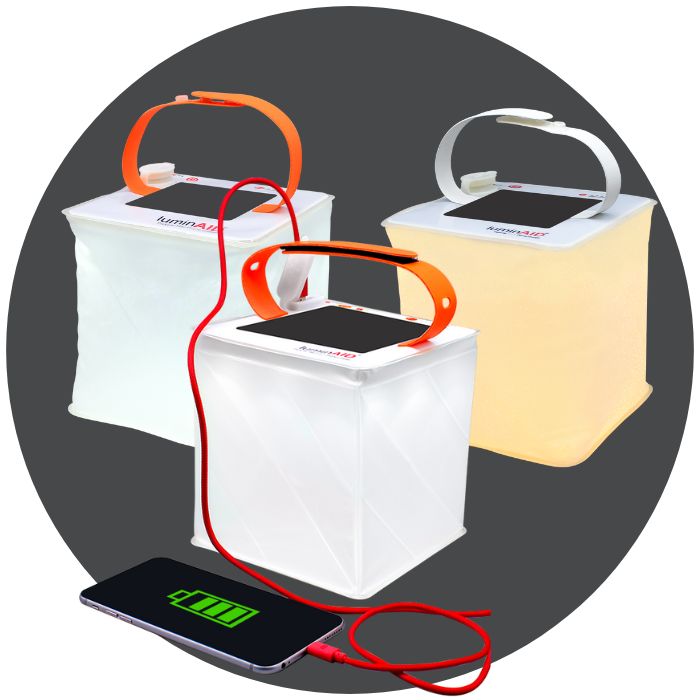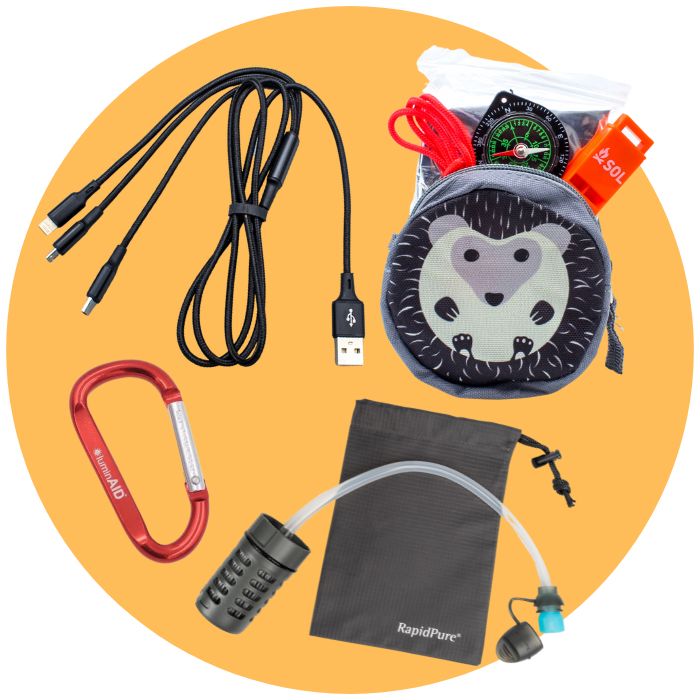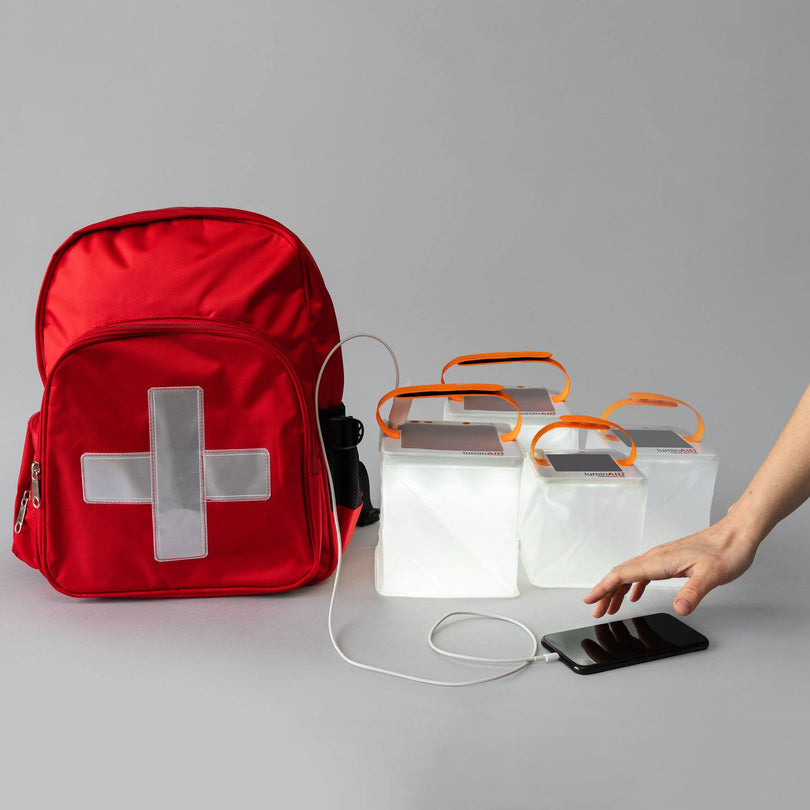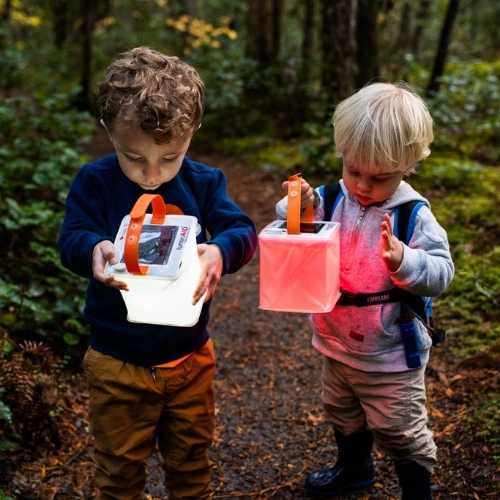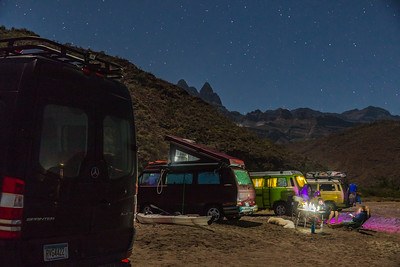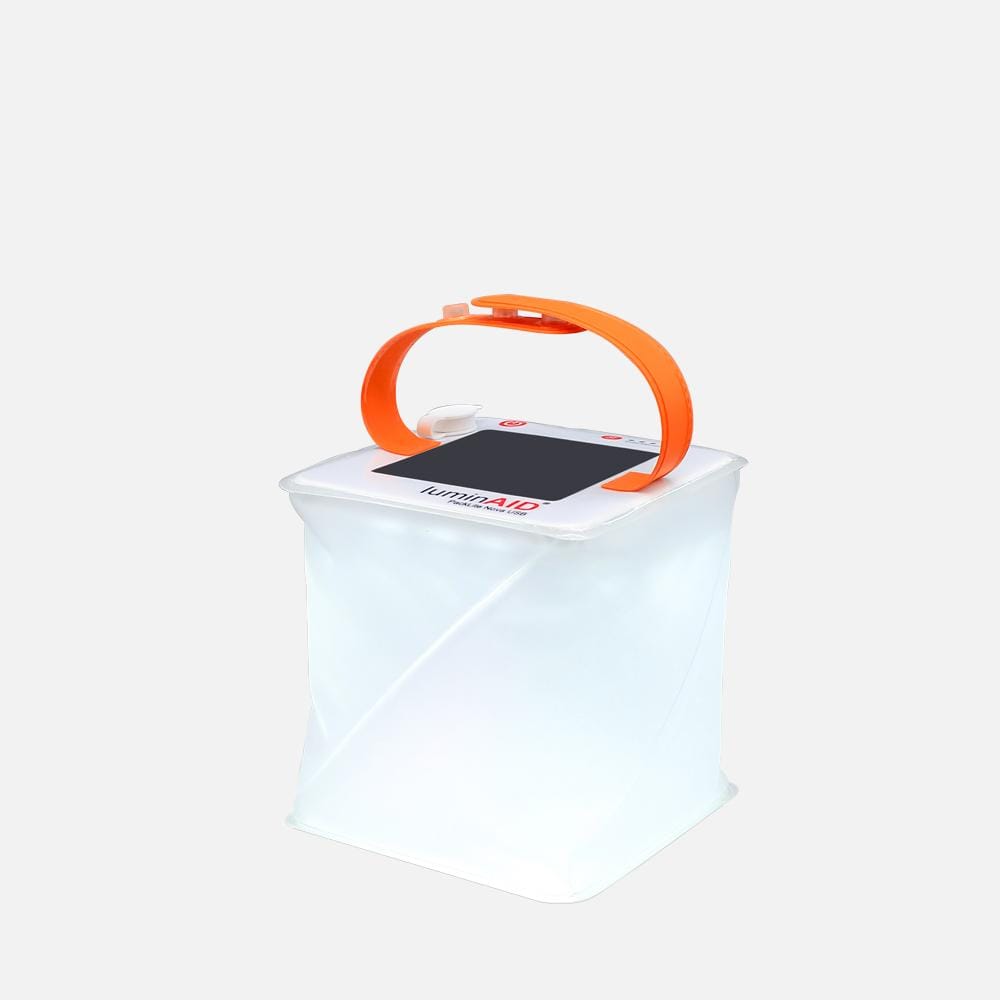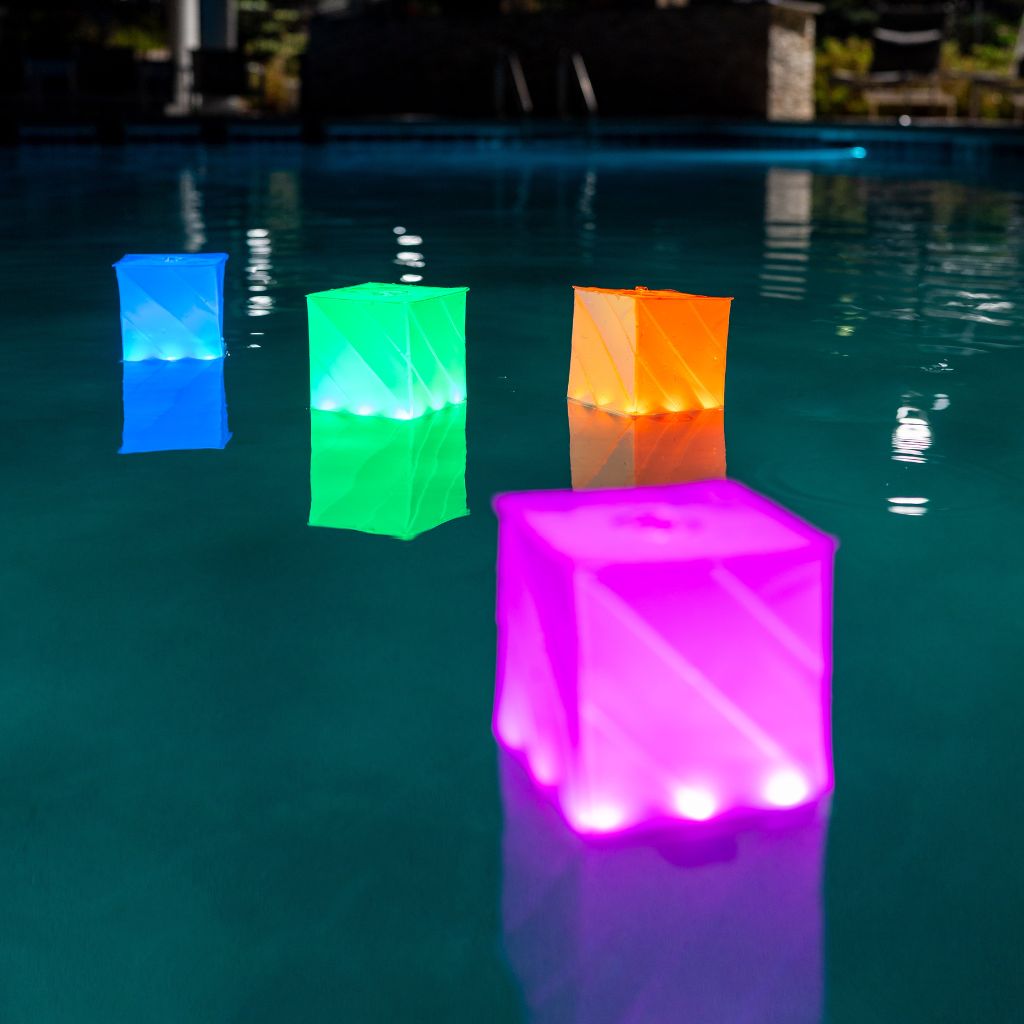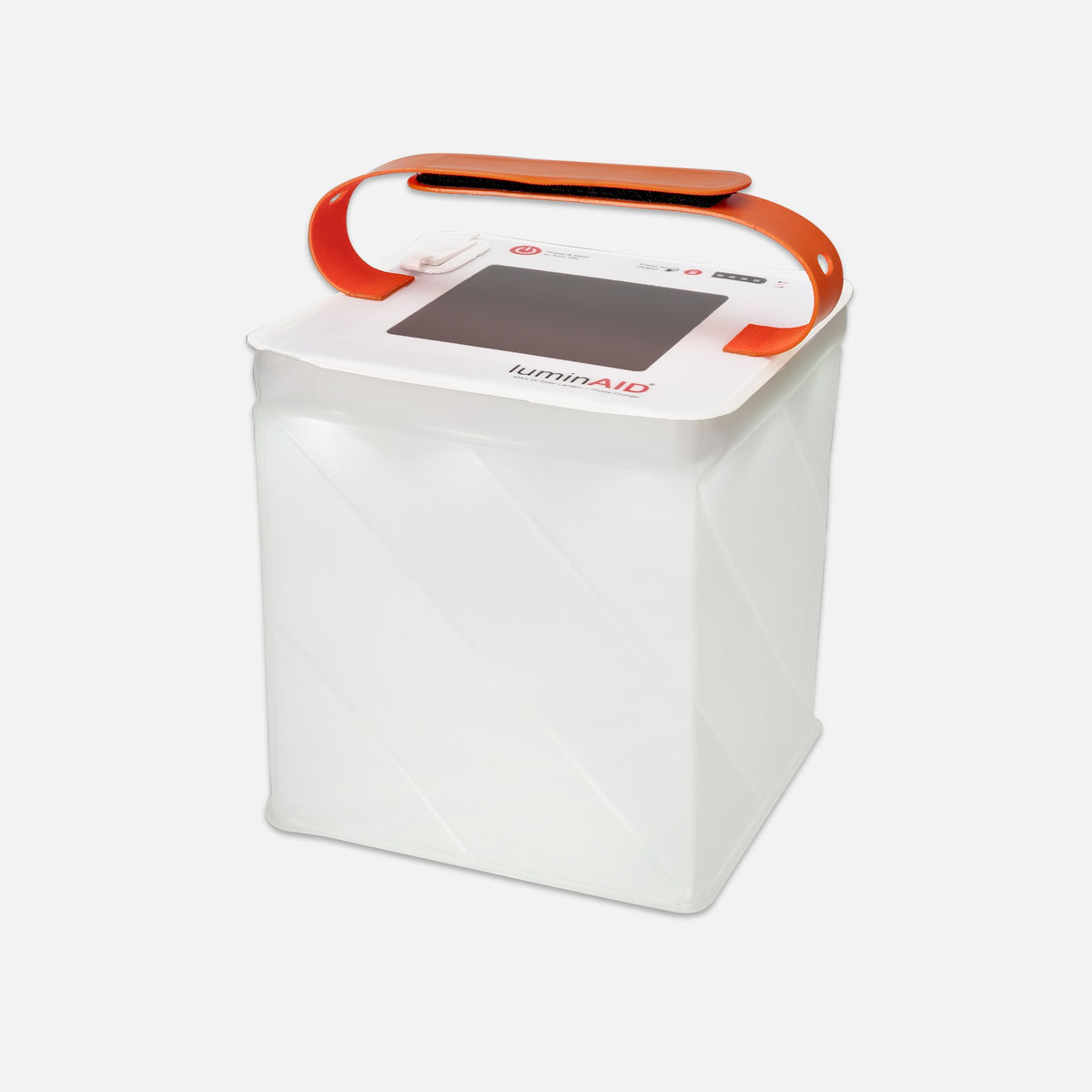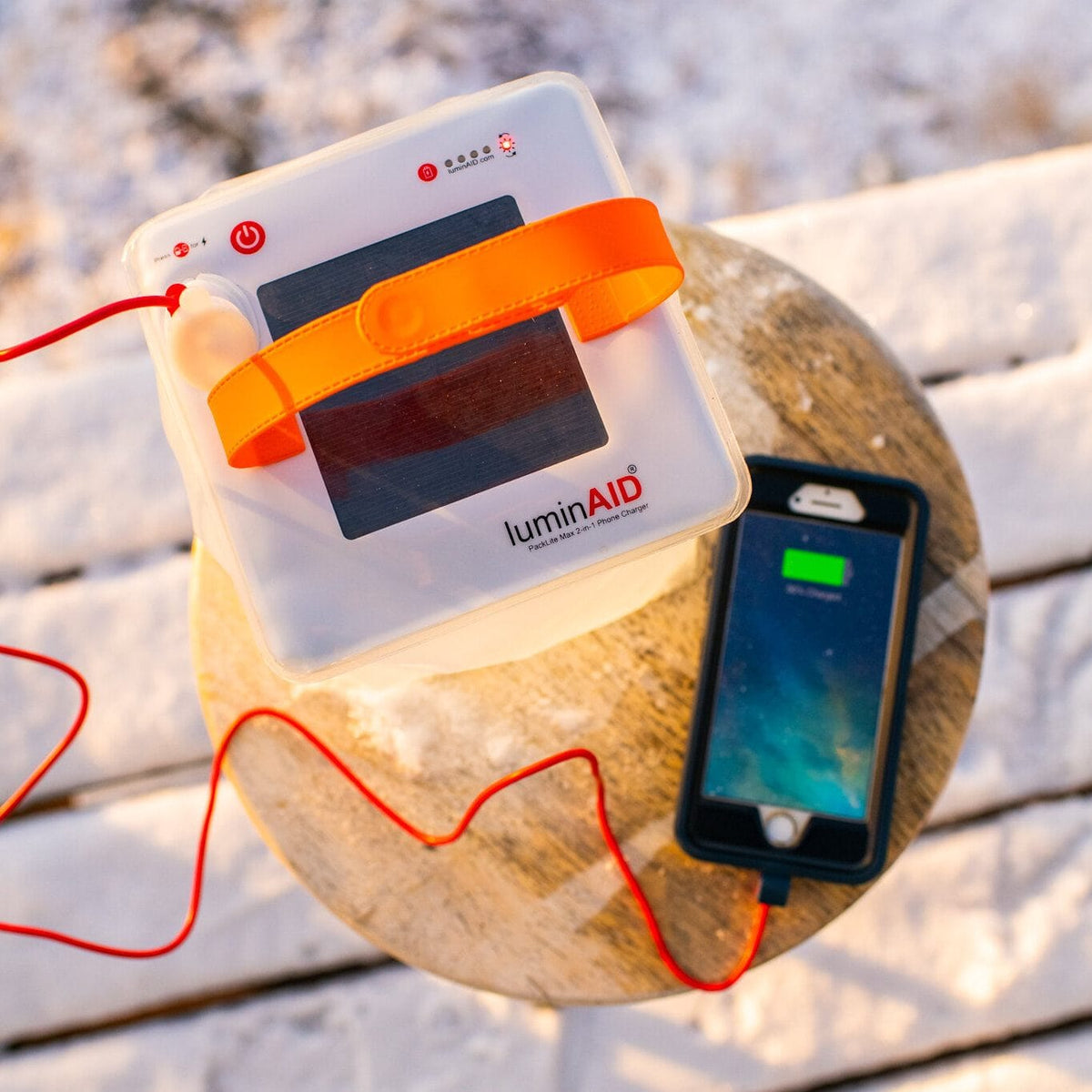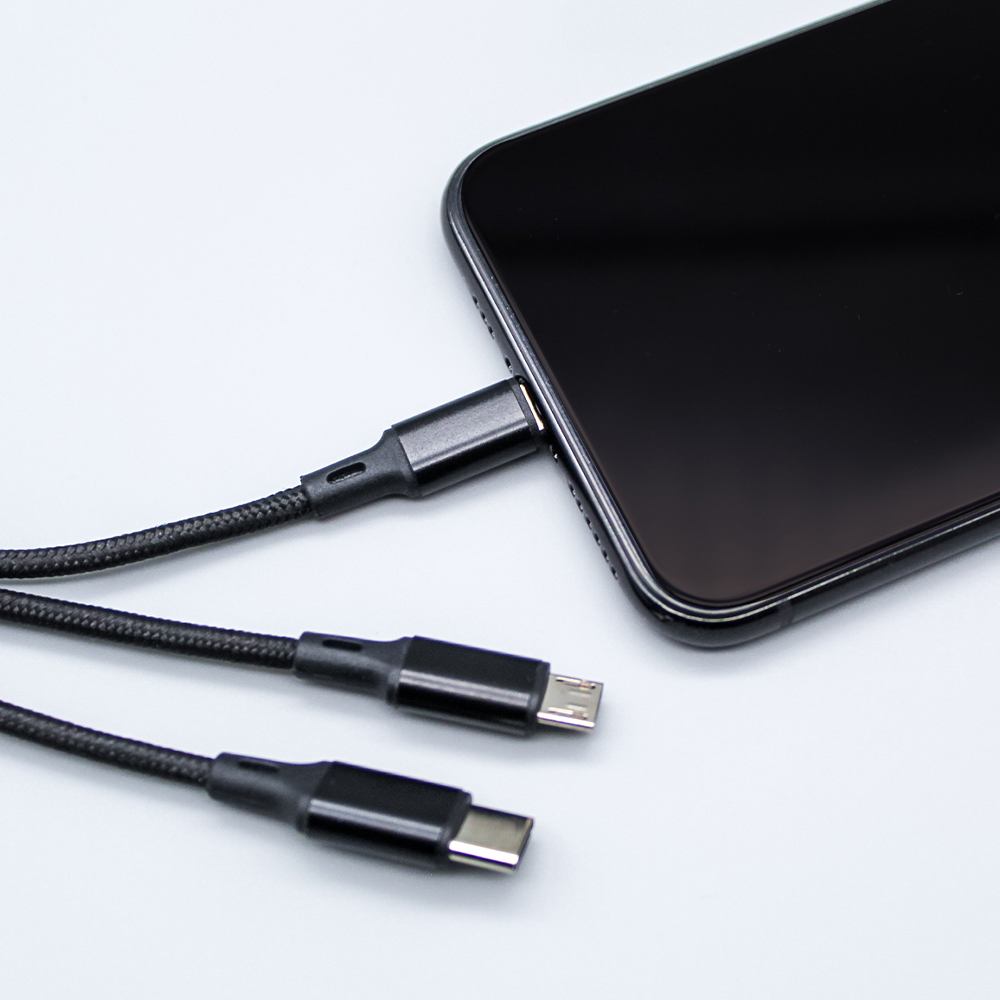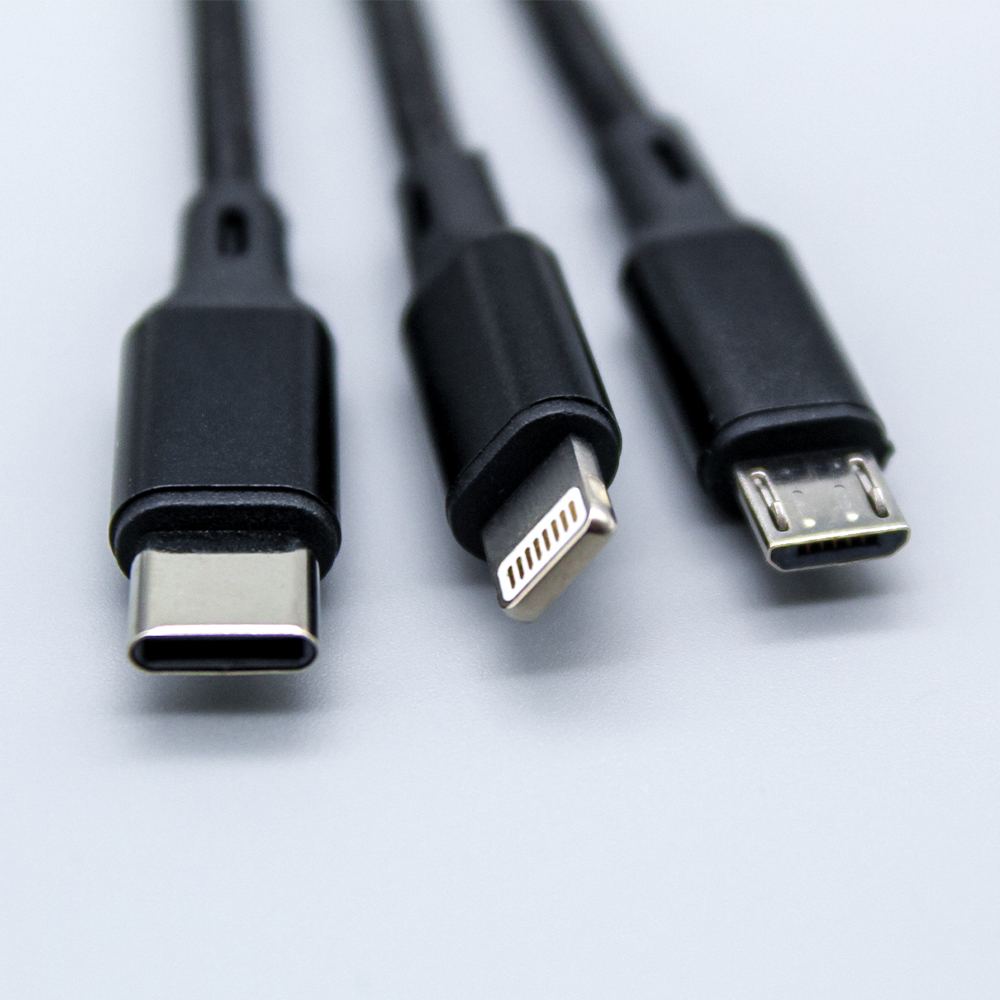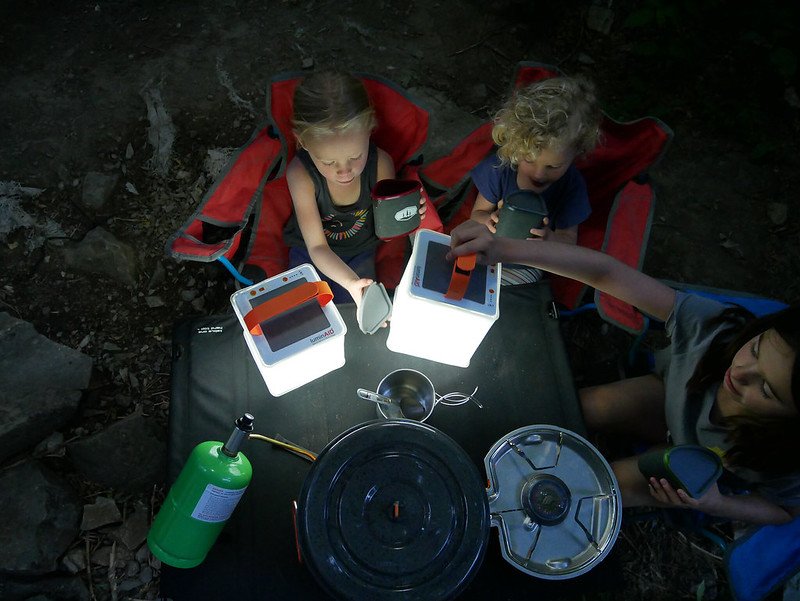Get ready to embark on a wild journey - but not the type you might be thinking of! We're diving deep into the world of portable toilets for camping, revealing every hidden secret and handy tip to make your outdoor adventures more comfortable and eco-friendly. From the types of camping toilets to DIY ideas, maintenance advice, and even the nitty-gritty of toilet chemicals, we've got it all in this comprehensive guide. So, buckle up and join LuminAID as we answer nature's call with a twist!
Answering Nature's Call
There's no denying the allure of the great outdoors - the towering trees, the sweet chirping of birds, and the thrill of being at one with nature. But alas, even in the wild, nature's call is a song we all must answer. In these moments, the humble portable toilet emerges as an unsung hero, rescuing campers from awkward toilet dances and the "dig and bury" method.
More than just convenience, these sanitation saviors play a crucial role in keeping our precious ecosystems sparkling clean and disease-free, especially in biologically-sensitive areas.
Buckle up, intrepid campers; we're about to embark on a journey through the land of portable toilets. We'll discuss the different types, the how-tos of maintenance, and the do's and don'ts of responsible disposal. Whether you're a grizzled outdoor veteran or a newbie camper, this guide promises to be as enlightening as it is entertaining.
Types of Portable Toilets for Camping
There's a variety of portable toilets for camping to choose from, each offering its pros and cons.
Bucket Toilets: When it comes to simplicity, bucket toilets are the talk of the campfire. Just a bucket, a toilet seat, and garbage bags for easy cleanup. It may not be the Rolls-Royce of toilets, but the lightness and affordability of something like the Cleanwaste’s GO Anywhere Portable Toilet, which can be folded down into a briefcase-sized unit, can really level up your tent-camping experience.
Portable Flushing Toilets: Now we're stepping it up a notch. These thrones, with their flush system and separate waste storage, mimic the home toilet experience. If you're all about that high-life camping, take a look at the Thetford Porta Potti 565E and the Camco 41541 Portable Travel Toilet. But remember, the upgrade from the outhouse to the porcelain throne (so to speak) comes at a pretty penny and can be a hassle to lug around, even for car campers.
Cassette/Dry Toilets: Welcome to the era of waste separation. Cassette toilets, like the sleek Dometic 976 Portable Toilet, segregate liquid and solid waste, making disposal a whiff-free affair. Dry toilets like Laveo’s waterless toilet also reduce the chance of leaks and can be used even when no water is available when dry camping.
Composting Toilets: For the eco-warrior in all of us, composting toilets turn our waste into an eco-friendly treasure. They require some elbow grease to maintain and can put a dent in your wallet, but their green thumb appeal is a hit with nature-loving campers.

How to Empty a Camping Toilet
Emptying your camping toilet might not be the most glamorous part of your adventure, but it's crucial for cleanliness and reducing the risk of uninvited diseases. And remember, just like handling a skunk, always wear protective gloves. Here’s how to do it:
- Double-Check Your Valves and Spout: The first thing you need to do is ensure that all openings on the toilet are closed to avoid any accidental leakage or spills; you definitely don't want any surprises.
- Transport the Toilet: Carefully move the portable toilet to the chemical disposal point, where you'll carry out the emptying process. Be gentle during this step to prevent any shaking or disturbance that might cause splashes or spills.
- Opening the Valves and Spout: Now that the toilet is stationed above the disposal area, you can unscrew and open the previously secured valves and spout.
- Detach the Holding Tank: The holding tank is the compartment of the portable toilet that stores the waste. To empty it, you'll need to detach it from the rest of the toilet structure.
- Empty the Waste: Point the spout downwards into the disposal area and gently let the contents out. This should prevent any splashback from reaching you.
- Flush and Clean the Holding Tank: Now, it's time to make things sparkle. Flush the waste down, then fill the tank with water and disinfectant. Shake it thoroughly, then rinse and repeat until the tank is fresh and clean.
- Air Out the Holding Tank: This is an optional step, but airing out your tank can help expel lingering odors. Let it sit in a well-ventilated area for a few hours.
- Restock with Chemical Additives: With a clean tank, it's time to prep it with your chosen chemicals (more on this later). This helps reduce odors and break down waste, making your toilet ready for its next big moment.
Always remember to follow local laws and regulations when disposing of human waste. The Bureau of Land Management and your local land agencies should be your go-to guides for specific information.
Can You Empty a Camping Toilet into a Normal Toilet?
Before you rush to empty your camping toilet into your home bowl, take a moment. The chemicals used in portable toilets can interfere with the bacteria in your septic system. Even eco-friendly, non-formaldehyde chemicals can be too strong for your home system to handle.
To protect your home plumbing, it's better to dispose of your camping waste at designated dump stations. If these aren't available, consider using biodegradable waste bags that can be sealed and discarded safely in regular trash receptacles.
Chemicals Required for a Portable Toilet
Maintaining your portable throne involves a strategic combination of chemicals, each with its own role to play in the grand scheme of waste management. So, let's shake up a cocktail, shall we?
Formaldehyde: Once the star of the show, formaldehyde-based solutions were known for their powerhouse performance in odor control and waste breakdown. But, they’ve come under scrutiny due to environmental concerns and potential toxicity.
Non-formaldehyde chemicals: The underdogs that stepped into the spotlight, these blue-hued alternatives are here to save the day (and the environment). By using biocides and enzymes, they kick off the decomposition process and manage odors. They may sweat a bit in higher temperatures or under heavy usage, but hey, who wouldn't?
Biocides: The unsung heroes in the chemical ensemble. Their mission? Eliminate bacteria, reduce odors, and prevent the spread of diseases. Just make sure these little warriors are environmentally friendly; we don't want to harm Mother Nature in the process.
Fragrances: The DJs of the toilet party, spinning the tables and masking unpleasant odors. Their range is wide, from fresh 'just picked from the meadow' scents to complex blends that neutralize those pesky smells.
Dyes: The visual artists in our mix. They mask the view of your waste and signal when it's time to refresh your chemical solution. If your blue solution turns green, it's time to change the track.
Surfactants: The roadies of your toilet's concert, ensuring every chemical is performing at its best. They enhance the effectiveness of the mix, leading to top-tier odor control and waste breakdown.
Natural Cleaning Agents: The new kids on the block, these eco-friendly prodigies like Thetford Aqua-Kem Dri or Happy Campers Organic RV Holding Tank Treatment, use organic enzymes and bacteria to manage waste and control odors. They may not perform as quickly as their chemical-based bandmates, but their love for the environment has them climbing the charts.
Is a Camping Toilet Worth It?
In one word - absolutely! A camping toilet can be the difference between a glorious adventure and a stressful squatting ordeal. Things to consider include weight, capacity, design, ease of use, maintenance requirements, and cost. But the benefits of privacy, hygiene, and environmental preservation make it a worthy sidekick for any camper.
DIY Camping Toilet Idea
If you're the hands-on type, why not create your own portable toilet? With a 5-gallon bucket, a snap-on camping toilet seat, and biodegradable camping toilet bags, you can craft a functional, albeit basic, toilet. For added comfort, consider adding a pool noodle as a cushion and a tight-sealing lid to contain the odors. With such a large camping community, you’ll never run out of toilet ideas for camping.

Camping Toilet Accessories
Choosing a camping toilet is just the start of your necessary camping essentials. You'll also need privacy tents, comfortable seats, biodegradable bags, camping toilet paper, and portable sinks or hand sanitizer for hygiene. And for those late-night nature calls, don’t forget to hang a LuminAID solar lantern. No more fumbling in the dark for a flashlight!
When Nature Calls, and There's No Toilet in Sight
Sometimes, the simplicity of the great outdoors wins over the convenience of a portable toilet. If this is your style, just remember the aim of the game is to leave no trace. Start by digging a cathole with a sturdy tool like the packable field shovel from SOL. Dig at least 6 to 8 inches deep, and do your business. When you're done, cover up the hole with the dirt you initially dug up. Voila, you've answered nature's call in the most primal way!
But hang on a minute, what about the toilet paper? The trees aren't exactly handing out free squares.
Eco-Friendly Alternatives to Toilet Paper
Well, you could always opt for a leave-no-trace alternative like Kula Cloth. These reusable, antimicrobial pee cloths are not just eco-friendly but incredibly practical. Plus, they come in various cool designs to add a touch of style to your camping hygiene routine!
While only recommended for seasoned foragers, you can even use native plants around you as a source of natural toilet paper! However, be sure to avoid poisonous plants like poison ivy, and take extreme caution to not mislabel plants.
Let's Talk Feminine Hygiene
Your period shouldn't be a reason to pause your outdoor adventures, but it does require a bit of planning and management while camping.
Some menstrual products claim they can be disposed of in camping toilets, but this is generally the exception and not the rule. Most items, particularly those that aren't organic or biodegradable, should be packed out to prevent disruption of the natural decomposition process.
When packing out, it's a good idea to use zip-close bags to contain used products. Ensure you have a surplus of these bags, and consider bringing along a compact, sealable container for additional protection.
In addition to packing, plan for comfort and hygiene. Make sure to bring along unscented wipes or biodegradable soap for cleaning hands and reusable products. For overnight trips, consider bringing a menstrual cup or wearing period panties.
In the end, remember that this is a normal part of life for many adventurers out there. So, pack smart, plan ahead, and never let your period hold you back from embracing the great outdoors. Your future self (and Mother Nature) will be grateful for your considerate adventuring!
Final Thoughts
From bucket toilets to eco-friendly composting solutions, choosing the right portable loo can undoubtedly upgrade your camping experience. And even if you prefer the rustic approach of a shovel and cathole, understanding the importance of responsible outdoor sanitation is key. Embrace alternatives like Kula Cloth for a sustainable twist on hygiene, and remember to manage feminine hygiene products mindfully. Ultimately, the great outdoors is a gift, and it's up to us to leave no trace. So, with this comprehensive guide at your fingertips, go forth as a well-prepared and responsible camper. Happy trails, adventurer!

